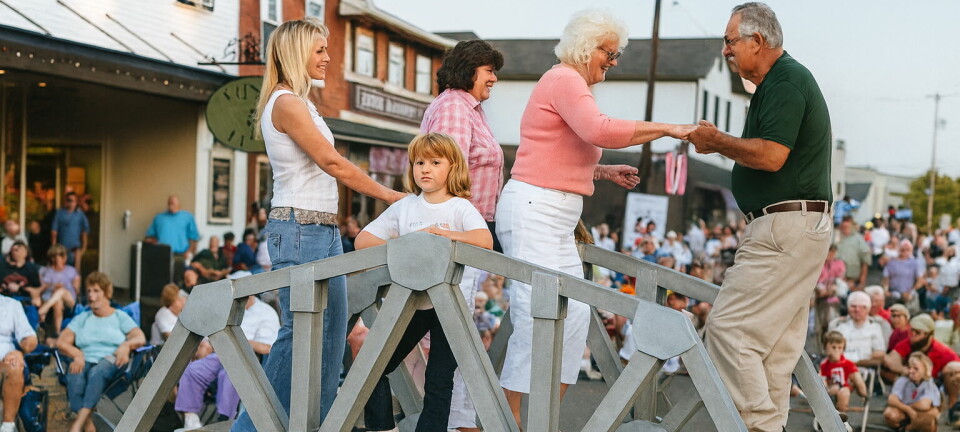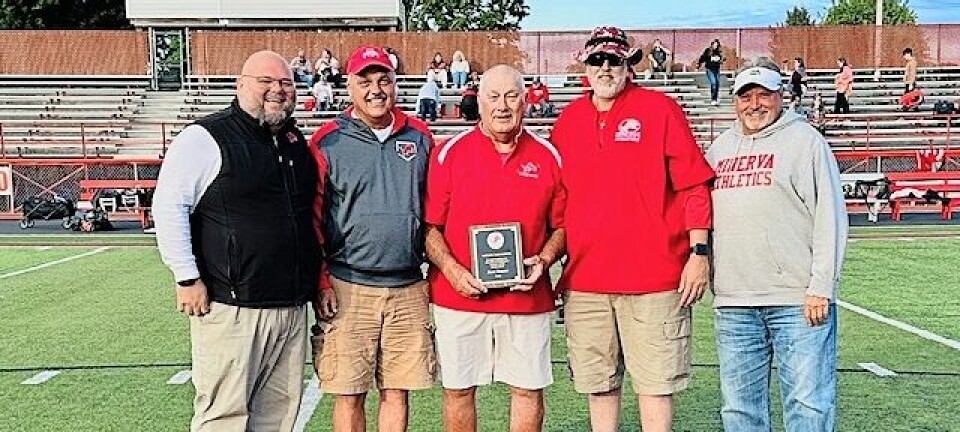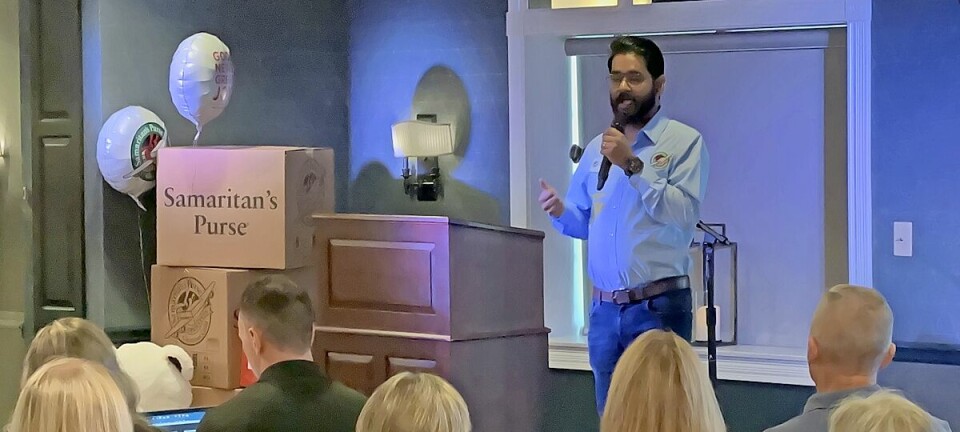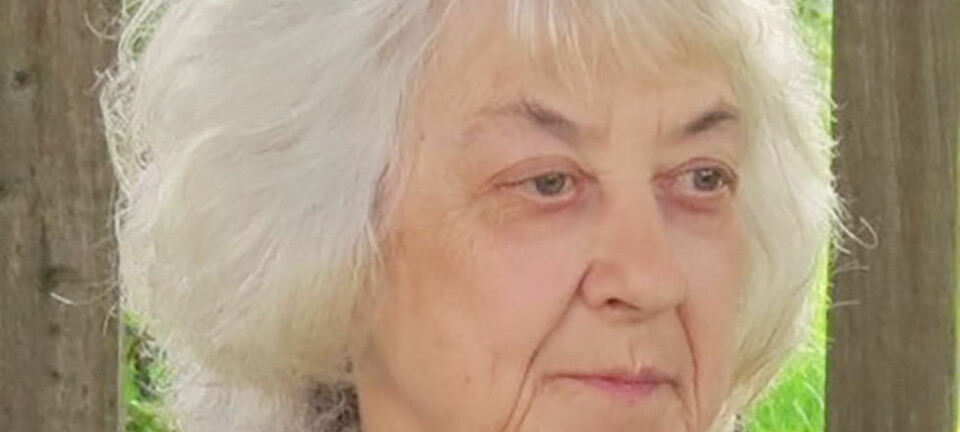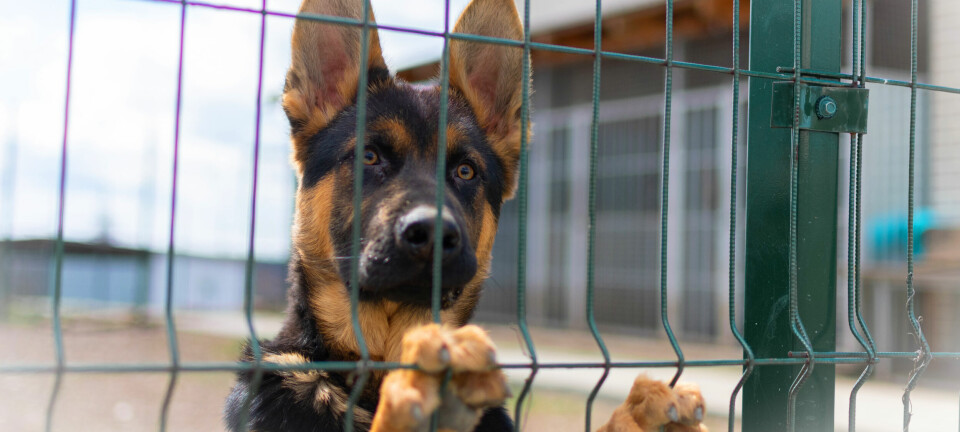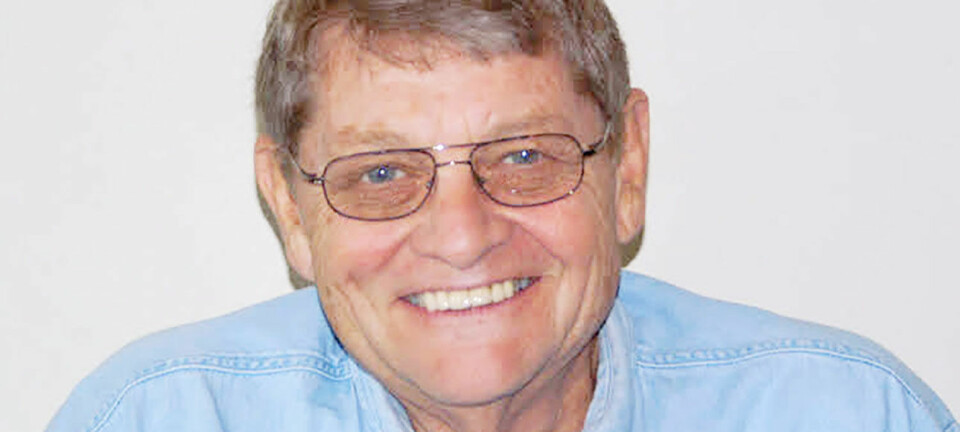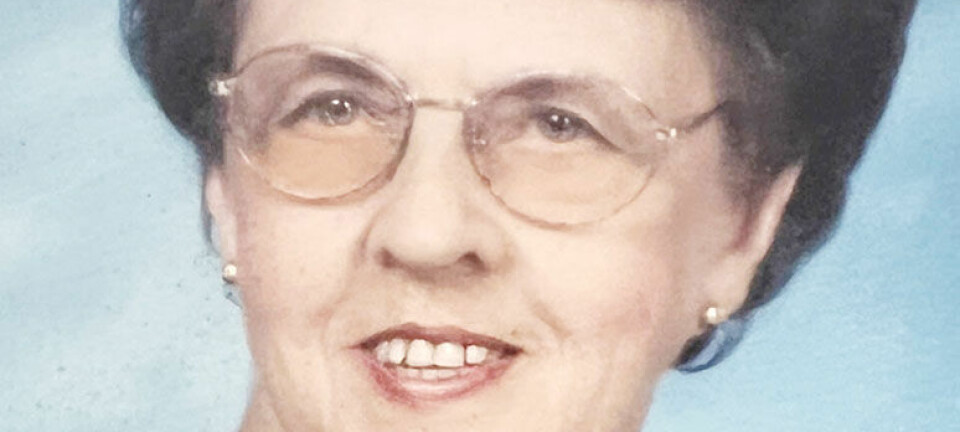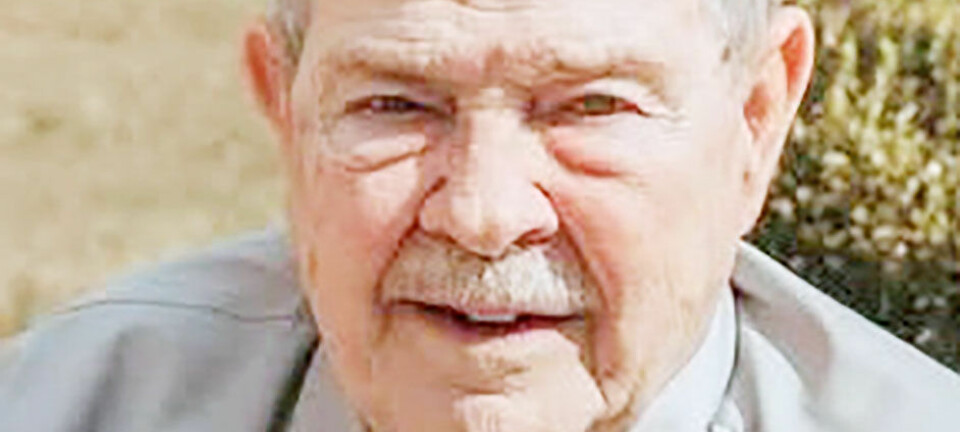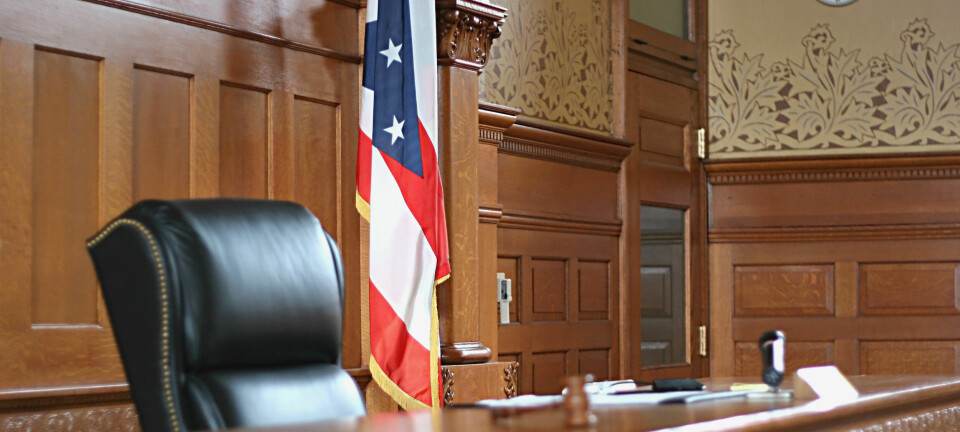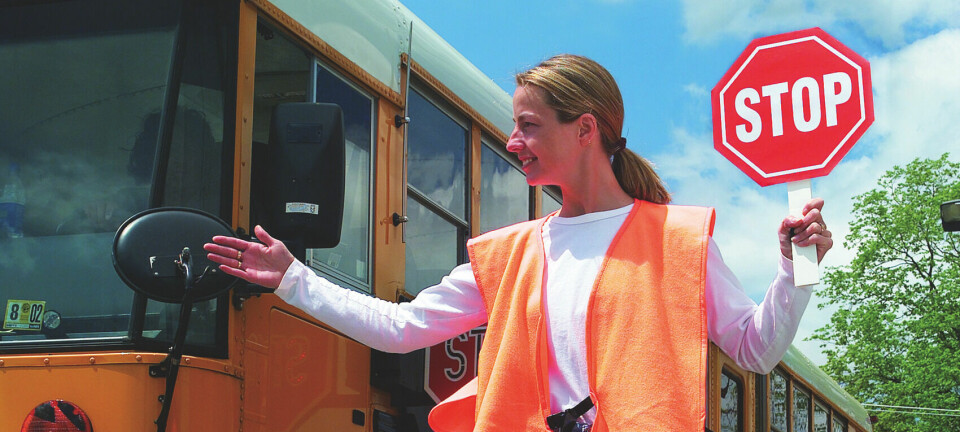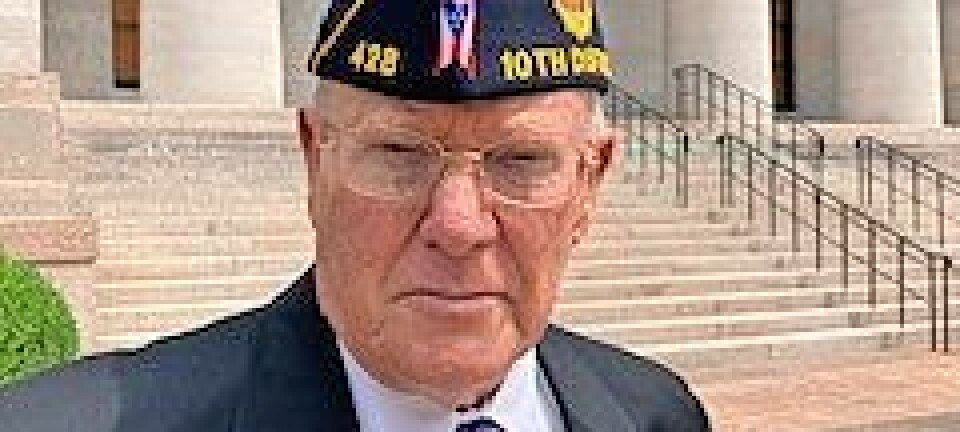Locals help improve title process for Ohioans
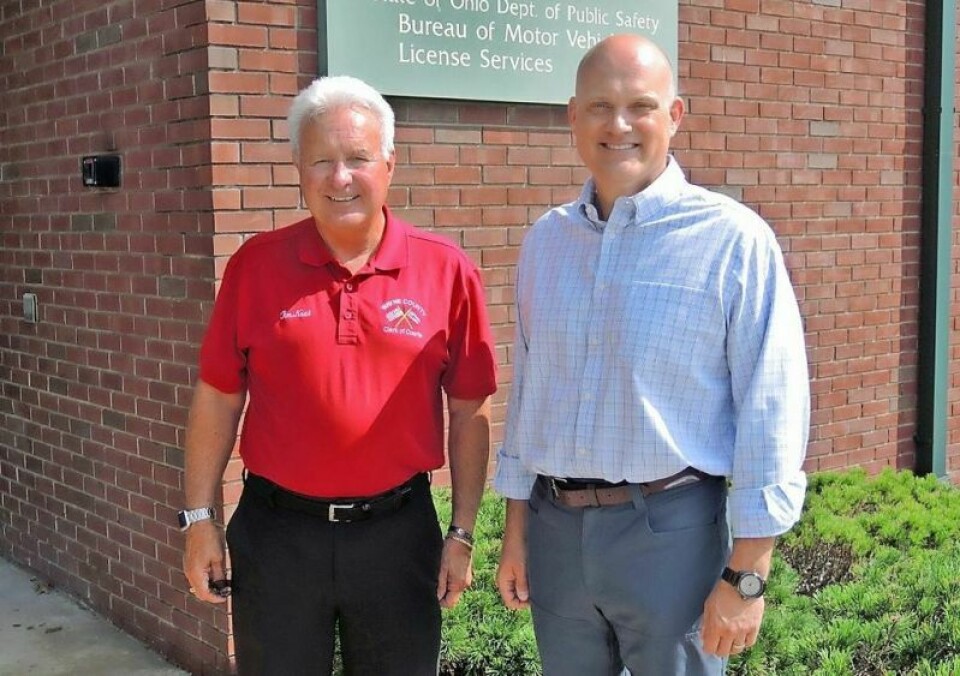
A recent legislative change introduced by State Rep. Scott Wiggam, with collaboration from Wayne County Clerk of Courts Tim Neal, has streamlined the title process for Ohio residents who purchase a vehicle outside the state.
When a buyer purchases a vehicle outside of Ohio, that vehicle must be inspected before a title can be issued from the Title Office. In many cases the buyer will visit the Title Office with paperwork in hand, only to find an inspection is required, and they would have to provide a copy of the inspection matching the vehicle identification number.
The inspection requires the buyer to visit the Bureau of Motor Vehicles or a third-party provider, wait for an inspection, and then return to the Title Office to complete the process.
Wiggam and Neal recognized the need for change and introduced House Bill 373 of the 135th General Assembly, which takes effect in October. With its introduction, Ohio residents who purchased a vehicle outside the state can receive the inspection directly from the Title Office and eliminate the need for an additional trip to the BMV or a dealership that provides inspection services.
“When Tim and I brought this to Columbus and were discussing it, people asked why this hasn’t been done before,” Wiggam said. “This may seem like a small thing, but the small things take time, effort and attention to detail. Bills like this lead to exceptional customer service from the government.”
Together, Wiggam and Neal reformed the system to enhance efficiency and transparency, ensuring buyers can get their vehicle titled in one visit to the Title Office.
At the heart of the process to get a bill passed is the Ohio General Assembly. It is comprised of two chambers: the House of Representatives and the Senate. Both chambers work collaboratively, but each has distinct roles and procedures. While the House of Representatives is seen as the body closest to the people, reflecting their immediate concerns, the Senate employs a system of checks and balances to ensure the bill’s integrity.
“This is something we began in October 2023,” Wiggam said. “The governor finally signed it in July of 2024, and this is something that didn’t have any opposition.”
A bill can originate from various sources — elected officials, advocacy groups or concerned citizens. In this case the idea was born out of a discussion between Wiggam and Neal, leading to Wiggam sponsoring the bill.
Neal, as clerk of courts, oversees the Title Office and agreed the bill is a needed improvement for buyers.
“In Wooster the BMV is next to the Title Office, but you still had to leave and come back,” Neal said. “But in some places, you might have to drive a half-hour away and then back to the Title Office. In Orrville, for example, the Title Office is inside City Hall, but the BMV is elsewhere. So you would go to City Hall and find out you had to go to the BMV and back to the Title Office again.”
Neal played an instrumental role in getting support from the Clerk of Courts Association and providing testimony for the bill.
“Once the bill originates from the House, it goes to the Senate, and they can make changes, and then it is discussed,” Neal said. “But once both sides agree, which can take a long time, it goes to the governor.”
While it may seem like a long time, elected officials are used to putting in the time and effort it takes to pass a bill.
“There is a lot of horse trading,” Wiggam said. “If the bill fails at any point, you have to start from the beginning with the next General Assembly.”
Dan Starcher is the public communications coordinator for Wayne County.





